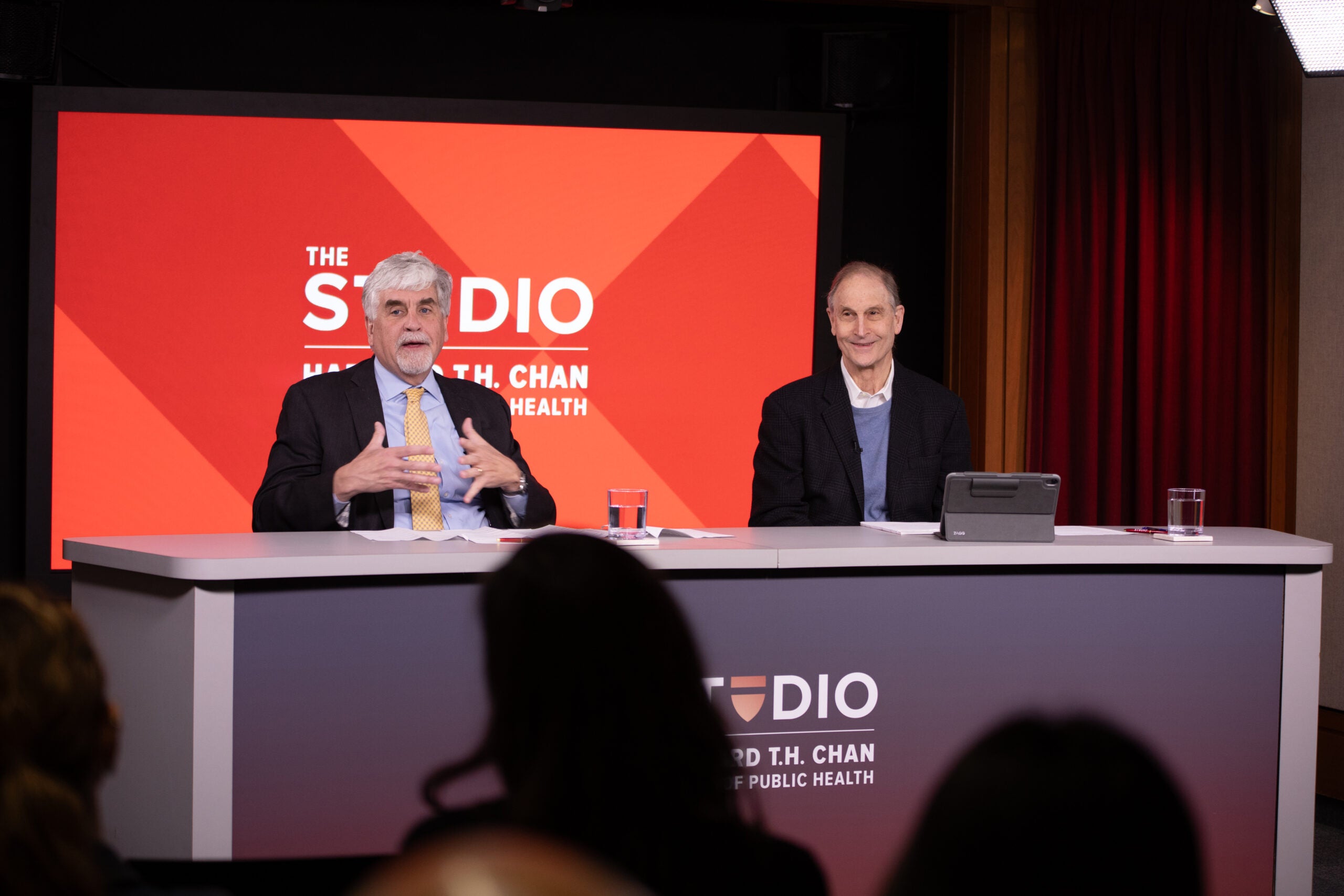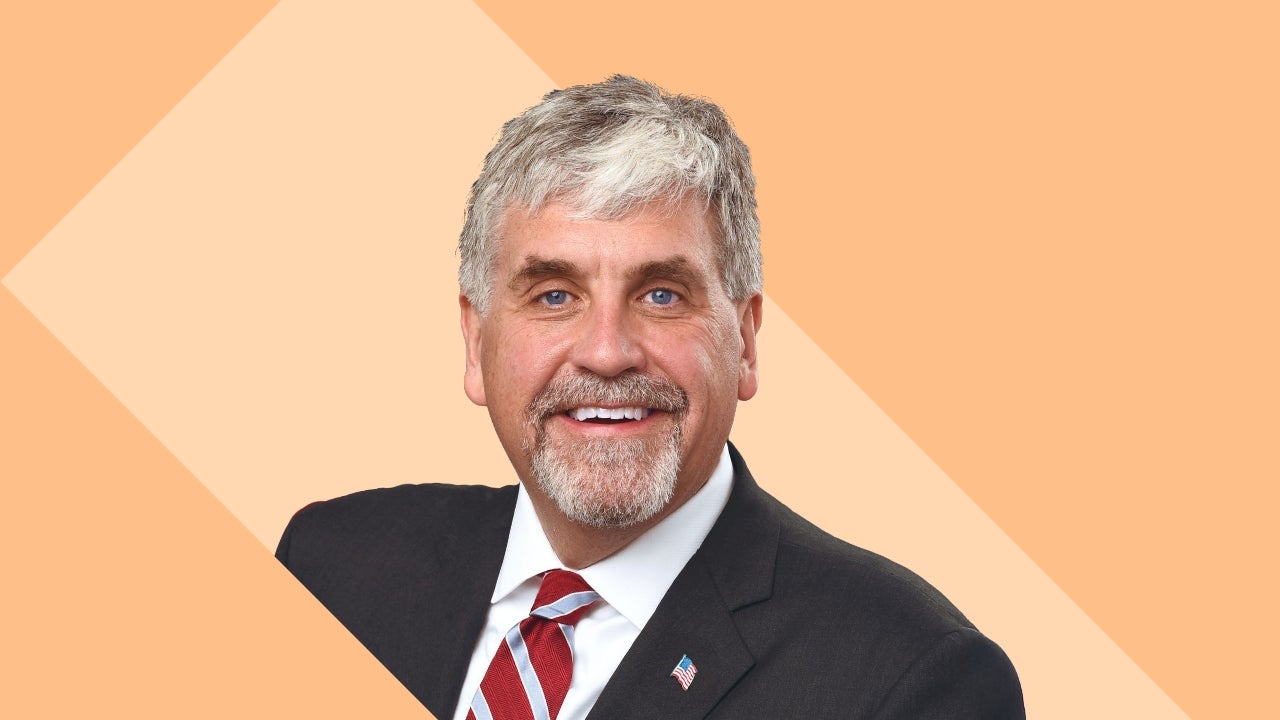How health organizations can help ‘anchor’ communities

February 13, 2020 – In a recent analysis, Howard Koh, Harvey V. Fineberg Professor of the Practice of Public Health Leadership, and colleagues examined the efforts of “anchor” health institutions.
Q: What prompted you to conduct this study?
A: Anchor health institutions—known as anchor “meds”—are large organizations that commit major financial, human, and intellectual resources to address social challenges in their surrounding communities as a way of doing business. They do so because they understand that their future is inextricably linked to the communities beyond their walls. Being an anchor institution—whether it’s a hospital, university, museum, sports franchise, or corporation—can involve efforts such as supporting local businesses, creating new health or educational services, or making capital investments.
Just like anchor educational institutions (like universities or anchor “eds”), anchor meds represent an emerging force for the future of their communities. Yet there has been virtually no academic attention to them in the health literature to date.
Out of 42 self-identified anchor meds, we looked at nine with anchor missions widely viewed as robust. We cited some potential best practices, understanding that formal evaluation of anchor meds’ activities is still in its infancy.
Q: What are some examples of the sorts of community benefits that can be realized from the existence of an anchor med?
A: Anchor meds can promote inclusive local hiring practices to support employment opportunities for low-income residents, promote local sourcing to purchase from diverse local suppliers and further place-based investing to advance community economic development projects. They also serve as major conveners and influencers for their community.
For example, Kaiser Permanente, one of the nation’s largest not-for-profit health plans, has been involved in a number of projects aimed at increasing affordable housing. One such venture included a partnership with a local nonprofit that led to purchasing and upgrading a 41-unit affordable housing complex in East Oakland, Cal., near Kaiser Permanente’s national headquarters.
Another example comes from ProMedica, a Toledo-based not-for-profit health system, which has helped address hunger by screening hospital patients for food insecurity. They’ve also established a “food pharmacy,” where patients can fill prescriptions for healthy food, and a nonprofit grocery store with a teaching kitchen.
Q: What do you and your co-authors think are some of the key ways that anchor meds can boost health in communities?
A: Developing robust partnerships with communities is critical for future progress. Together, anchor meds and partners can conduct community health needs assessments, prioritize initiatives, and align strategies to address social challenges that can affect people’s health.
Another important strategy is to identify collaborative projects that are attractive enough to gain private and public funding.
Anchor meds should also be willing to commit many years to their efforts. Building partnerships takes time because there is often longstanding mistrust between institutions and community members. But as the U.S. health care system moves from a focus on patient volume to a focus on keeping patients healthy and out of the hospital, it makes sense for health institutions to come up with ways to address social needs and social determinants. Doing so can have a significant impact on helping people in their communities reach their full health potential.
Learn more
Student fieldwork helps anchor Worcester-based health care system in community (Harvard Chan School feature)


